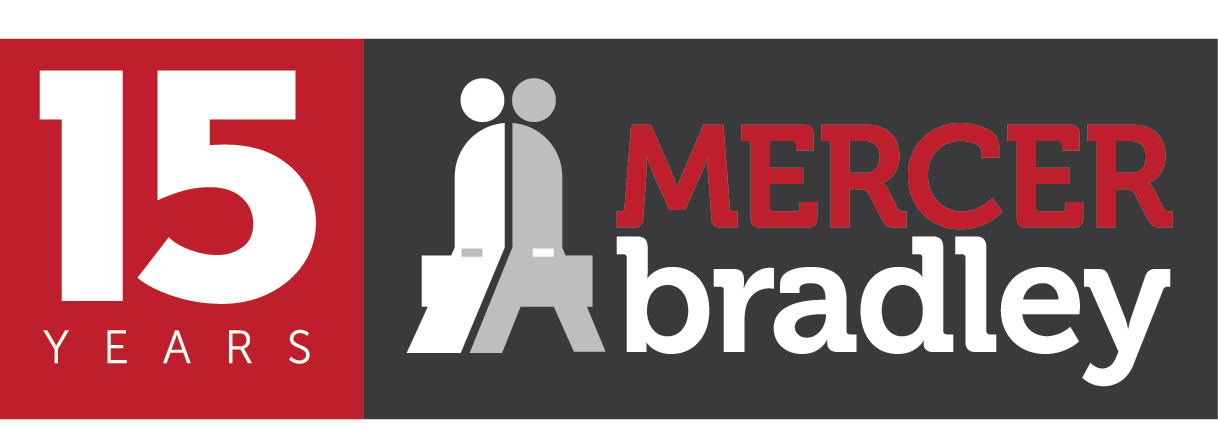Diversity and inclusion are important topics in the workplace. One of the best ways to implement these initiatives is by reducing the amount of unconscious bias in both the office and hiring practices. Being aware of how unconscious thoughts can affect an employee’s judgment shows how the thoughts can impact decision making. This may include forming opinions about candidates based solely on first impressions. Or, it could involve the preference of one applicant over another due to wanting to hang out with the applicant after work. Recognition of unconscious bias can lead to finding solutions that make the workplace more equitable.
Discover some methods to reduce implicit bias among employees and recruitment practices.
Train Employees on Unconscious Bias
Educate your staff on the ways that implicit bias can impact their behaviors. For instance, they may prefer one gender over another due to deeply rooted beliefs about gender roles and stereotypes. Or, employees may like coworkers who share their qualities or viewpoints more than others. Awareness of these biases can help employees behave in ways that improve equality and fairness.
Widen Your Candidate Reach
Advertising job openings through diverse methods can substantially open up your candidate pool. This is especially important when there is a talent shortage or skills gap that results in few qualified applicants. Expanding your sourcing methods can provide access to candidates with the required skill set who may not have entered your pipeline through your usual strategies. Finding creative ways to consider candidates with non-traditional backgrounds can be beneficial to your company.
Use Technology to Make Hiring Decisions
Tools that increase anonymity in your recruitment process can help you make more data-driven hiring decisions. For instance, you can use technology that masks personally identifying information on resumes. This may include a candidate’s name, email address, school, and geographic location. If appropriate, rather than looking at resumes right away, you could implement a written exercise to determine which candidates should be contacted for interviews. Because this would be the last stage of recruitment, you would know the applicants had the required skills, experiences, and competencies and that one should be selected for a job offer.
Implement Psychometric Assessments
You can measure a candidate’s suitability for a role based on their intellectual capabilities and personality traits. These standardized tests can provide an objective assessment of which applicants should perform best in a position. The most common tests include verbal reasoning, which assesses the ability to solve problems using written materials, and numerical reasoning, which assesses the ability to solve problems using numbers. You can use the results from the psychometric assessments as part of your recruitment process to make more informed hiring decisions.
Need Help with Your Job Search or Hiring Process?
Mercer Bradley matches accounting and finance candidates and hiring managers in Manitoba based on their needs and interests. Find out more today.





Leave a Reply